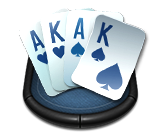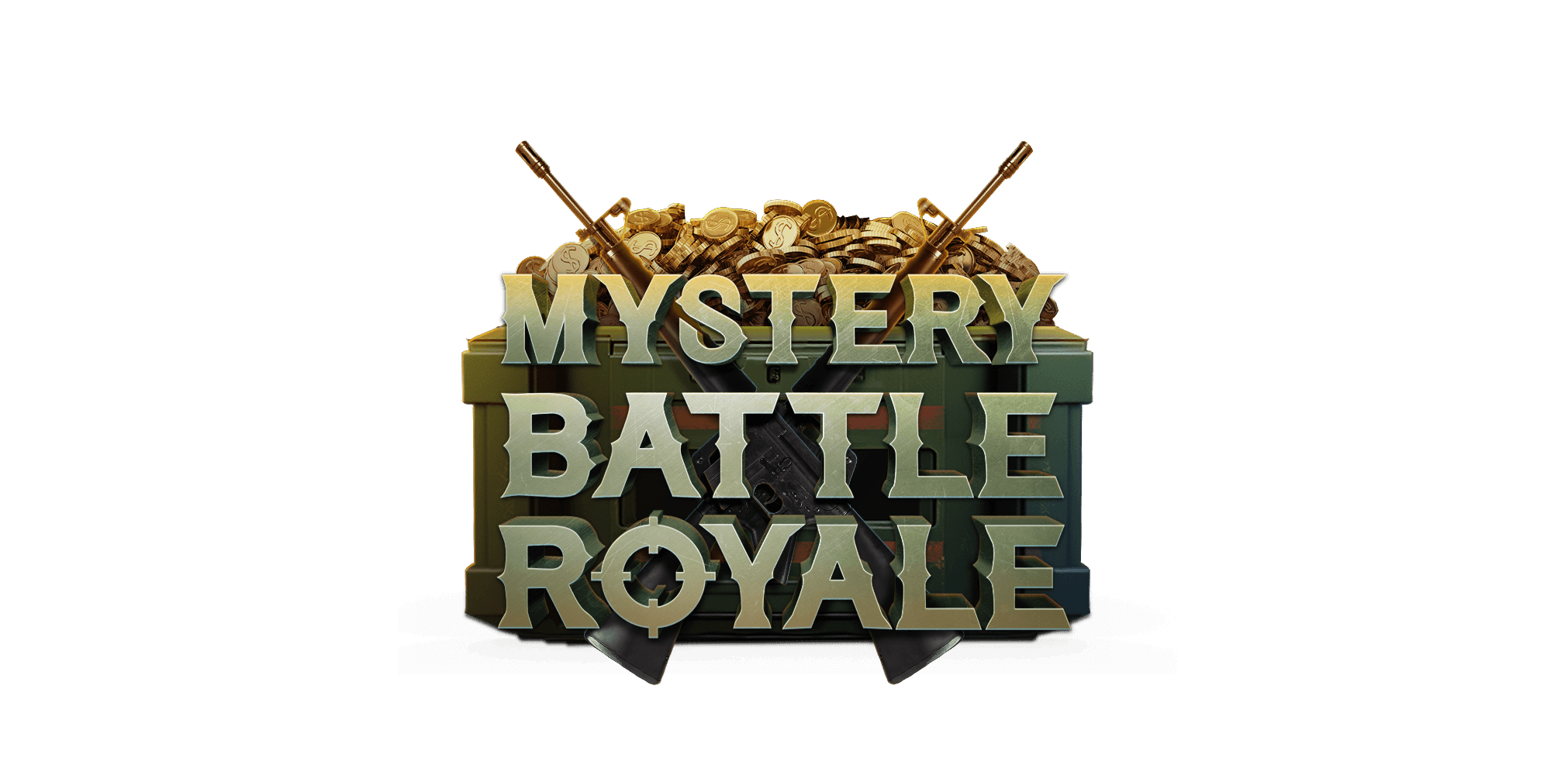
- What Is a 3-Bet in Poker?
- The Power of a Solid Preflop Strategy
- Why You Should 3-bet More Often
- Understanding 3-Bet Ranges: Merged vs Polarised
- How to Build Balanced 3-Bet Bluffing Ranges
- Position Matters: When to 3-Bet from Where
- Adjusting Your 3BET Strategy Against Different Opponents
- Examples of Effective 3-Bet Plays
- Conclusion: Elevate Your Preflop Game with 3-Bets
- FAQs
In modern poker, if you're only calling preflop raises and waiting for strong hands, you're giving up value. The 3-bet is no longer just for AA or KK. It’s a core part of a winning cash game strategy — one that pressures weak ranges, picks up pots early, and isolates the right opponents.
In this blog, we’ll break down what a 3-bet is, when and why to use it, how to build your 3-bet ranges, and how to adjust them based on position and opponent tendencies.
What Is a 3-Bet in Poker?
A 3-bet is the first re-raise in a hand, most commonly used preflop. Here’s how it works:
Player A raises → Player B re-raises → that re-raise = 3BET
While beginners often 3-bet only with premium hands like QQ+, AK, that’s too narrow. In cash games, having a broader 3-bet range helps you stay unpredictable and puts pressure on opponents who are too passive or easy to read.
3-betting can also be used with well-timed 3-bet bluffing spots, especially against players who fold too often to re-raises.
The Power of a Solid Preflop Strategy
Your decisions preflop build the foundation for the entire hand. If your preflop strategy is too tight or unbalanced, good players will exploit it quickly. A structured 3-betting plan keeps you aggressive, protects your calling range, and avoids multiway pots where your equity drops.
Benefits of a strong 3-bet plan in cash games include:
Isolate weak players before others get involved
Avoid tough postflop spots by taking control early
Force folds from hands that would otherwise see the flop cheaply
Build the pot when you're ahead, not after the fact
Why You Should 3-bet More Often
Most players underuse the 3-bet. They only use it with monsters. That’s a mistake. If your 3-bets only show up with AA, KK, or AK, opponents will fold anything weaker, and you’ll miss value.
Why increasing your 3-bet frequency works:
You become harder to read
You win more pots preflop (especially vs late-position opens)
You punish loose openers who rely on cheap flops
You force players to make tough choices out of position
Adding more hands to your 3-bet range, especially in spots like BTN vs CO or BB vs BTN, makes you a much tougher player to face. That’s the mindset shift that turns tight play into profitable aggression.
Understanding 3-Bet Ranges: Merged vs Polarised
Not all 3-bet ranges are built the same. You’ll mostly use one of two styles depending on your position, your opponent, and the game flow:
Merged 3-Bet Range
A merged range includes only strong and playable hands — hands you want to continue with if called.
Used when:
You're in a position vs a solid player
You're in the small blind and want to avoid playing passively
You’re targeting loose openers who call too wide
Example: JJ+, AK, AQs, KQs — hands that dominate weaker calling ranges.
Polarised 3-Bet Range
A polarised range includes strong hands (for value) and weaker hands (as bluffs) — nothing in between.
Used when:
The opener folds a lot to 3-bets
You’re in the big blind with decent blockers and poor calling hands
You want to pressure late-position opens
Example: AA, KK, AK (value) + 76s, A5s, K9s (bluff)
How to Build Balanced 3-Bet Bluffing Ranges
3-bet bluffing is about using the right hands that can apply pressure without giving up too much equity when called. Here are some steps to build a bluffing range:
Start just outside your flatting range: Hands like A5s, 76s, K9s are often too weak to call but too strong to fold.
Use blockers: Hands like A5S block strong calling hands like AA and AK.
Balance with value hands: If you’re 3-betting value with JJ+, AK — mix in suited connectors and suited gappers for bluffs.
Avoid bluffing weak offsuit hands: These don’t play well postflop and kill your profitability when called.
A good 3-bet bluffing range keeps your opponents guessing and forces tough folds, especially in deep-stacked cash games.
Position Matters: When to 3-Bet from Where
In cash games, position changes how wide or tight your 3BET range should be. Your edge increases with more information, so your 3-bet ranges should adjust accordingly. Here’s a more thorough breakdown:
From the Button (BTN)
3-bet more often — you’re guaranteed a position
Bluff with suited connectors, blockers, and weaker broadways
Pressure CO and HJ open, which are often wide
From the Small Blind (SB)
Use a merged range — you’re out of position
3-bet value hands and hands with strong playability
Avoid calling wide — most hands play poorly from the SB
From the Big Blind (BB)
Mix in polarised 3-bets vs BTN and CO opens
Bluff with hands you wouldn’t call but that have equity (like suited aces, suited connectors)
Size up your 3-bet — you’re out of position
From Early Position (EP)
Keep 3-bets very tight
Target loose opens from MP or CO
Stick to strong values — less bluffing needed here
Adjusting Your 3BET Strategy Against Different Opponents
Not every opponent reacts the same way to a 3-bet. That’s why your 3BET strategy needs to adjust depending on who you’re facing.
Against Tight Players
3-bet bluff more often — they tend to fold too much preflop
Target their late-position opens where they’re likely to be wider
Use bigger sizing to maximise fold equity when they don’t have a strong hand
Against Loose Callers
Use a merged 3-bet range — value-heavy hands that perform well postflop
Don’t bluff much — these players love to see flops
Go slightly larger in size to punish their wide calls
Against Aggressive Regulars
Mix in polarised ranges — value hands and select bluffs
Include blocker hands like A5S and K9S to apply pressure
Be prepared to continue in 4-bet pots with the top of your range
Adapting your 3-bet ranges to the player type keeps you unpredictable and harder to exploit.
Examples of Effective 3-Bet Plays
Here are a few real cash game scenarios where 3-betting makes sense:
Button vs Cutoff:
The cutoff opens to 2.5 BB. You’re on the button with A5Ss.
You 3-bet to 8BB. The cutoff folds.
You pick up dead money with a hand you didn’t want to flat.
Small Blind vs Middle Position:
Middle position opens to 3BB.
You’re in the small blind with JJ.
You 3-bet to 10BB. They call.
Flop comes 862. You c-bet, and they fold overcards like AQ or AJ.
Big Blind vs Button:
The button opens to 2.5BB. You’re in the big blind with K9S.
You 3-bet to 9BB. The button folds.
A solid bluff spot against a wide opening range.
These are consistent, profitable lines that take advantage of weak ranges or passive play.
Conclusion: Elevate Your Preflop Game with 3-Bets
If you’re only 3-betting with premiums, you’re missing opportunities to build pots, force folds, and apply pressure. A structured 3-bet strategy gives you more control over the hand, both preflop and postflop.
Start by building your 3-bet ranges by position, then adjust based on the players at your table. Over time, this will help you reduce mistakes, win more pots without showdown, and stay ahead of predictable opponents.
Ready to apply this at the tables? Play real money cash games on Natural8 India, with full access to in-game tools like Smart HUD and Pokercraft to help you review and refine your 3-bet strategy.
FAQs
1. What is the difference between a 3-bet and a 4-bet in poker?
In poker, a 3-bet refers to the second raise in a betting round, following an initial raise. A 4-bet is the next re-raise that follows the 3-bet. For example: Open → 3-bet → 4-bet. Each layer of betting represents increased strength or a strategic bluff.
2. What is a good 3-bet percentage in poker?
Most winning players maintain a 3-bet frequency of around 6% to 10% in cash games, striking a balance between value and pressure. Anything too low means you’re too tight and predictable; too high might suggest you're over-bluffing. It also depends on game type, player pool, and position.
3. Is 3-betting profitable in low-stakes cash games?
Absolutely. Many low-stakes players fold too often or call with weak hands, making well-planned 3-bets especially profitable when used with the right frequency and sizing.
4. What hands should I never 3-bet with?
Avoid weak offsuit hands like Q8o, J7o, or K4o. These lack equity when called and perform poorly postflop. Instead, use suited connectors or hands with blockers for bluffs.
5. Can I use the same 3-bet strategy in tournaments?
Not exactly. Tournaments involve shorter stacks and added ICM pressure, which significantly impacts how you construct your 3-bet ranges. While concepts are similar, 3-betting ranges in tournaments are tighter and more dynamic based on chip stacks and payouts.


.webp)













